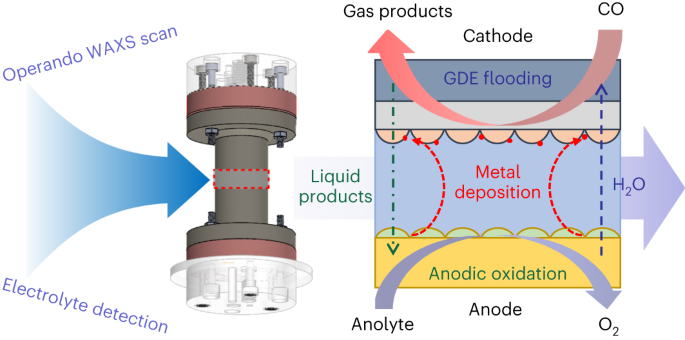2023-12-14 チャルマース工科大学
◆研究はNOEMA望遠鏡を使用し、初期の銀河の星工場がどのようにして多くの星を生み出したかについて新たな洞察を提供しました。彼らは13種類の分子を同定し、これらは銀河の物理的および化学的条件に関する鍵となる情報を提供しています。銀河の光は約130億年かかって地球に届き、その発見は宇宙の初期段階における星形成の謎に迫ります。
<関連情報>
- https://news.cision.com/chalmers/r/unexpected-chemistry-reveals-cosmic-star-factories–secrets,c3893287
- https://www.aanda.org/articles/aa/full_html/2023/12/aa47610-23/aa47610-23.html
SUNRISE: 広帯域スペクトル線探査で明らかになった高赤方偏移ダスト銀河の豊富な分子インベントリー SUNRISE: The rich molecular inventory of high-redshift dusty galaxies revealed by broadband spectral line surveys
Chentao Yang (杨辰涛), Alain Omont, Sergio Martín, Thomas G. Bisbas, Pierre Cox, Alexandre Beelen, Eduardo González-Alfonso, Raphaël Gavazzi, Susanne Aalto, Paola Andreani, Cecilia Ceccarelli, Yu Gao (高煜), Mark Gorski, Michel Guélin, Hai Fu (傅海), R. J. Ivison, Kirsten K. Knudsen, Matthew Lehnert, Hugo Messias, Sebastien Muller, Roberto Neri, Dominik Riechers, Paul van der Werf and Zhi-Yu Zhang (张智昱)Astronomy & Astrophysics Published:14 December 2023
DOI:https://doi.org/10.1051/0004-6361/202347610

Abstract
Understanding the nature of high-redshift dusty galaxies requires a comprehensive view of their interstellar medium (ISM) and molecular complexity. However, the molecular ISM at high redshifts is commonly studied using only a few species beyond 12C16O, limiting our understanding. In this paper, we present the results of deep 3 mm spectral line surveys using the NOrthern Extended Millimeter Array (NOEMA) targeting two strongly lensed dusty galaxies observed when the Universe was less than 1.8 Gyr old: APM 08279+5255, a quasar at redshift z = 3.911, and NCv1.143 (H-ATLAS J125632.7+233625), a z = 3.565 starburst galaxy. The spectral line surveys cover rest-frame frequencies from about 330 to 550 GHz for both galaxies. We report the detection of 38 and 25 emission lines in APM 08279+5255 and NCv1.143, respectively. These lines originate from 17 species, namely CO, 13CO, C18O, CN, CCH, HCN, HCO+, HNC, CS, C34S, H2O, H3O+, NO, N2H+, CH, c-C3H2, and the vibrationally excited HCN and neutral carbon. The spectra reveal the chemical richness and the complexity of the physical properties of the ISM. By comparing the spectra of the two sources and combining the analysis of the molecular gas excitation, we find that the physical properties and the chemical imprints of the ISM are different: the molecular gas is more excited in APM 08279+5255, which exhibits higher molecular gas temperatures and densities compared to NCv1.143; the molecular abundances in APM 08279+5255 are akin to the values of local active galactic nuclei (AGN), showing boosted relative abundances of the dense gas tracers that might be related to high-temperature chemistry and/or the X-ray-dominated regions, while NCv1.143 more closely resembles local starburst galaxies. The most significant differences between the two sources are found in H2O: the 448 GHz ortho-H2O(423 − 330) line is significantly brighter in APM 08279+5255, which is likely linked to the intense far-infrared radiation from the dust powered by AGN. Our astrochemical model suggests that, at such high column densities, far-ultraviolet radiation is less important in regulating the ISM, while cosmic rays (and/or X-rays and shocks) are the key players in shaping the molecular abundances and the initial conditions of star formation. Both our observed CO isotopologs line ratios and the derived extreme ISM conditions (high gas temperatures, densities, and cosmic-ray ionization rates) suggest the presence of a top-heavy stellar initial mass function. From the ∼330–550 GHz continuum, we also find evidence of nonthermal millimeter flux excess in APM 08279+5255 that might be related to the central supermassive black hole. Such deep spectral line surveys open a new window into the physics and chemistry of the ISM and the radiation field of galaxies in the early Universe.



